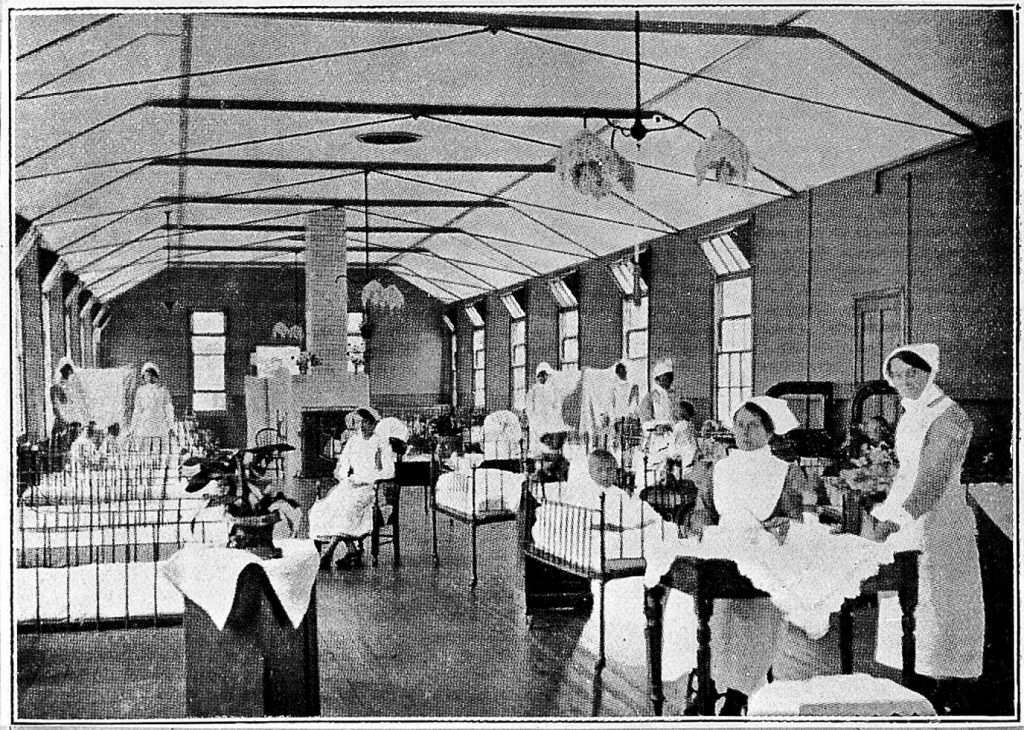2016 Oct 22
by Vandana Hiranand
Angoda – the word itself carries generations of history, stigma, and an automatic aversion among the Sri Lankan public. Established in 1927, the National Institute of Mental Health is now the largest tertiary care institution for patients with mental health difficulties.
However, the looming questions still remain. Is NIMH an effective mental health care institution? What are the conditions like? Which treatments are employed? And most importantly, how does stigma play a role?
Since our childhood, we have grown up with the notion that NIMH, commonly referred to as Angoda, is a ‘madhouse’, or ‘lunatic asylum’ where crazy people were sent. It is with immense dread and hesitation that one steps into this institution, for fear of being labelled and judged.
However, since the renovations it underwent in 2008, the conditions in NIMH have improved vastly. The immense area of land is filled with airy spaces, gardens and greenery. There are many areas for outdoor seating and relaxation as well. The conditions within the buildings have improved, with emphasis on the furniture, freshly painted walls and reduction of a dreary atmosphere. Undoubtedly, NIMH yet has a long way to go in terms of the conditions. However, it is most certainly quite far from the false inhumane conditions perceived by the general public.
The NIMH has a total of 1500 beds and treats approximately 8,000 patients every year. Roughly 1,200 patients are currently being treated at the institution. Patients are housed in separate wards, with regard to their diagnosis and risk levels. The segmentation is carried out rather systematically, yet does not invoke a sense of being caged or enclosed whatsoever.

Patients are given the opportunity to engage in vocational activities, such as building wicker chairs, making small pouches and bags. Female patients are further encouraged and taught how to craft key tags, necklaces and other trinkets. In fact, such items are sold and the profits accumulated to purchase further supplies for their work. Entertainment areas are available, housing a television, along with the opportunity for patients to express themselves through art. The paintings and drawings by many patients are stunning and exceptional!
The NIMH employs consultant psychiatrists with specialized training. However, many medical officers and support staff lack any specialized training, which is a rather pressing issue. The consulting psychiatrists assess and diagnose each patient, administer the medications and follow their progress as time goes by. Unfortunately, there is a rather serious lack of psychological care available in the form of therapy or counselling needs. Drug medication and Electro Convulsive Therapy are the largely used forms of treatment at NIMH, a system which needs to be tweaked. The inclusion of psychotherapy, counselling and other forms of therapy will provide a healthier and more effective method of treatment.
The largest barrier faced by NIMH in Angoda is the stigma and shame surrounding it. Most individuals are afraid to seek help and treatment, due to the judgment they may receive from society. Simply having received treatment from Angoda may provide them with a label that lasts a lifetime.
The core root of the problem lies in the lack of knowledge about mental illnesses and their causes. Without the necessary education, mental illnesses are viewed as taboo and are not openly discussed within the Sri Lankan society. As a result, people refuse to admit they have difficulties, and refuse to seek help for their problems. The ridicule and shame they may undergo is a deep fear which many simply cannot overcome.
As an institution, Angoda has come a long way. The recent changes and developments have improved the conditions to a vast extent. Yet, there are many barriers we have yet to overcome. Once we break free of this stigma as a society, the misconceptions surrounding NIMH will gradually lessen. Only then can we progress forward and ensure better services are provided for mental illnesses across the country.






